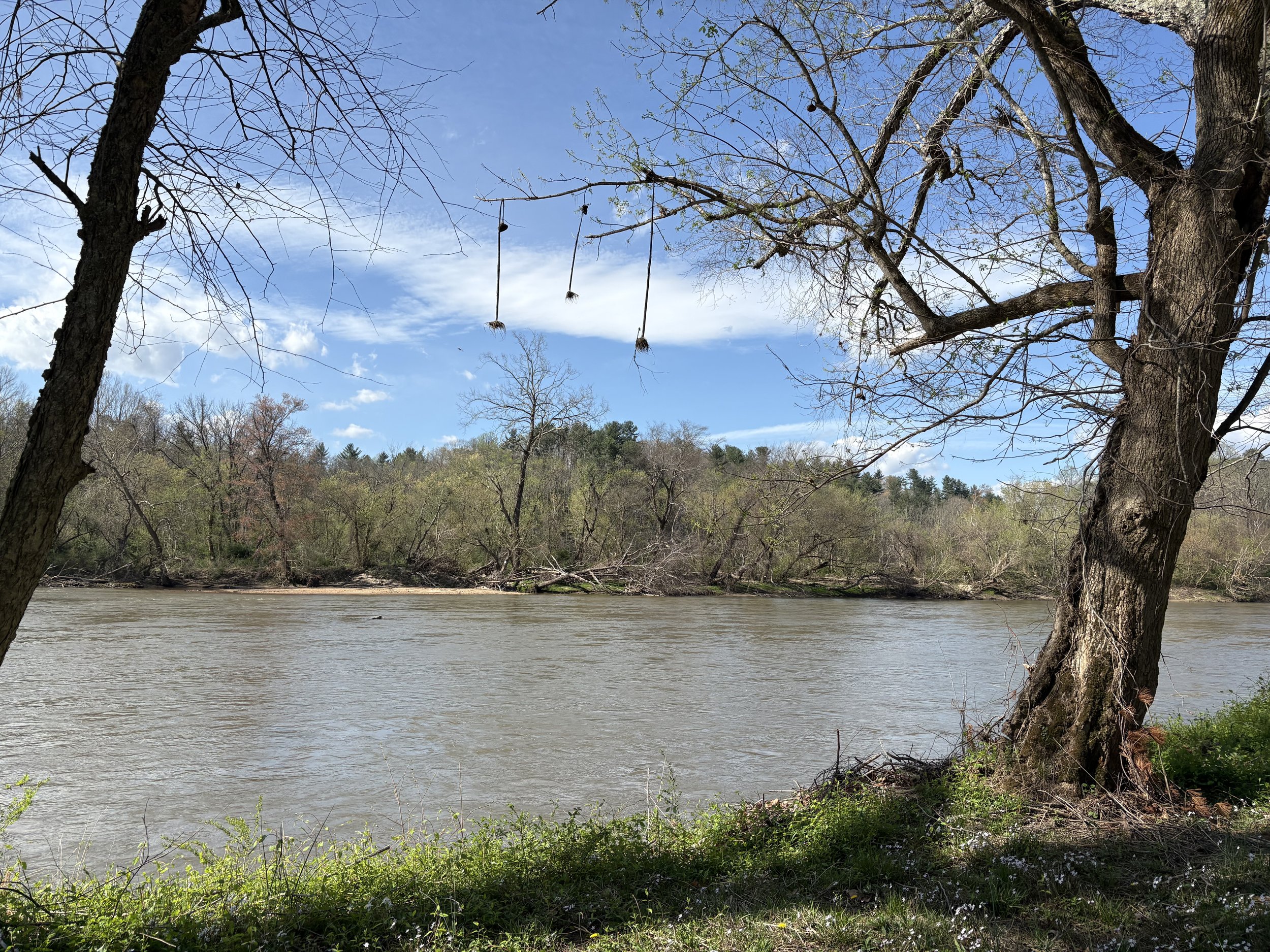Six Months Later
On March 27, 2025, folks across Western North Carolina marked the six-month anniversary of Hurricane Helene’s devastating march through the mountains. We remembered the 106 people who perished. We grieved the loss of local businesses, restaurants, and galleries, the destruction of homes and farms. We mourned the scarred landscape.
The day after the somber anniversary, the death count rose. The body of a man who had been swept away by the surging Toe River was found by a debris clean-up crew. Five individuals remain on the list of those missing since the storm.
Nearly 1,000 homes were destroyed in Western North Carolina - a third of which were located in Buncombe County (Asheville is the county seat). An additional 30,000 homes required substantial repairs in order to be habitable.
An estimated 822,000 acres of forestland were damaged in the 17 counties of WNC. In Buncombe County, Helene damaged or destroyed 40% of the trees (excluding those within the city of Asheville). Two hundred miles of the Blue Ridge Parkway in North Carolina were impacted by the hurricane; the National Park Service has identified 57 landslides along this state’s stretch of the winding, scenic road.
I initially intended to write a reflection during the week of the anniversary but found I needed more time to process the losses and ponder the progress made over the past six months. While I can no longer see the brightly-lit FEMA site from my porch and the debris blocking the railroad tracks along the creek we cross to enter our neighborhood has been removed, reminders of Helene’s catastrophic encounter with this region remain ever-present.
Signs of progress are certainly evident. In Buncombe County, where Asheville is located, over 1.3 million cubic yards of debris have been cleared from the public right of way. According to the U.S. Army Corps of Engineers, contractors have already removed 4.12 million cubic yards of debris from Helene in Western North Carolina, out of an estimated total of 6.24 million cubic yards - enough to cover New York City’s Central Park to a depth of 4.5 feet. Within the city of Asheville, 121,490 tons of mud and soil have been collected.
Crucial transportation arteries have reopened, improving the flow of traffic in the area. Residents rejoiced last month when Tennessee and North Carolina were reconnected by the reopening of I-40 through the Pigeon River Gorge. Last week the final section of Swannanoa River Road was reopened, restoring access to a heavily-damaged part of town. Full repairs to the region’s compromised infrastructure will take years.
How many times during the past six months have I ventured onto an unfamiliar road and suddenly seen a heart-wrenching tableau of destruction? Any road that runs along a creek or river bears Helene’s scars. In the wake of the hurricane, area rivers run deeper and wider, and some have changed their courses. The force of the floodwaters and the power of hurricane-force winds astonishes me.
On my regular birding walks along the French Broad River on Biltmore Estate, as I listen for returning warblers, my eyes are always drawn to the sunflowers. Spring is not sunflower season, yet the remnants of last year’s harvest remain visible - suspended from the trees. As I listen for birdsong, I look up and see the dried heads of sunflowers dangling from stalks tangled in the tree branches 15 feet above my own head. The sight always gives me pause - flowers as high water flood markers.
Spring is quickly gaining ground in the mountains. Last week I spotted the first ruby-throated hummingbird of the season at my feeder - a female with an iridescent green head. The daffodils and forsythia and cherry trees took the lead in the spring showcase. The white blooms of the dogwoods and the pink blossoms of the bleeding heart are currently dazzling.
My heart aches for all that was lost six months ago. My heart swells when I recall all the ways compassionate folks throughout this region have practiced hospitality. Grief abounds. So does gratitude.
To all of you who have prayed for us, who have donated supplies and money to help with disaster relief, who have volunteered during the early stages of recovery, and who are planning trips to help repair and rebuild damaged structures, I offer my deep gratitude.
At the six-month mark, I want you to know there is something else you can do. Return to the mountains. We didn’t need disaster tourists descending upon the region during the first few months after the storm, but now we desperately need visitors to reinvigorate our economy.
Come help us rebuild. Come help us heal.

